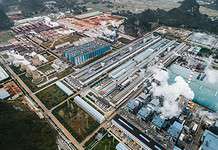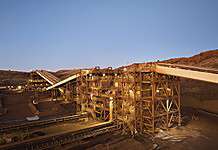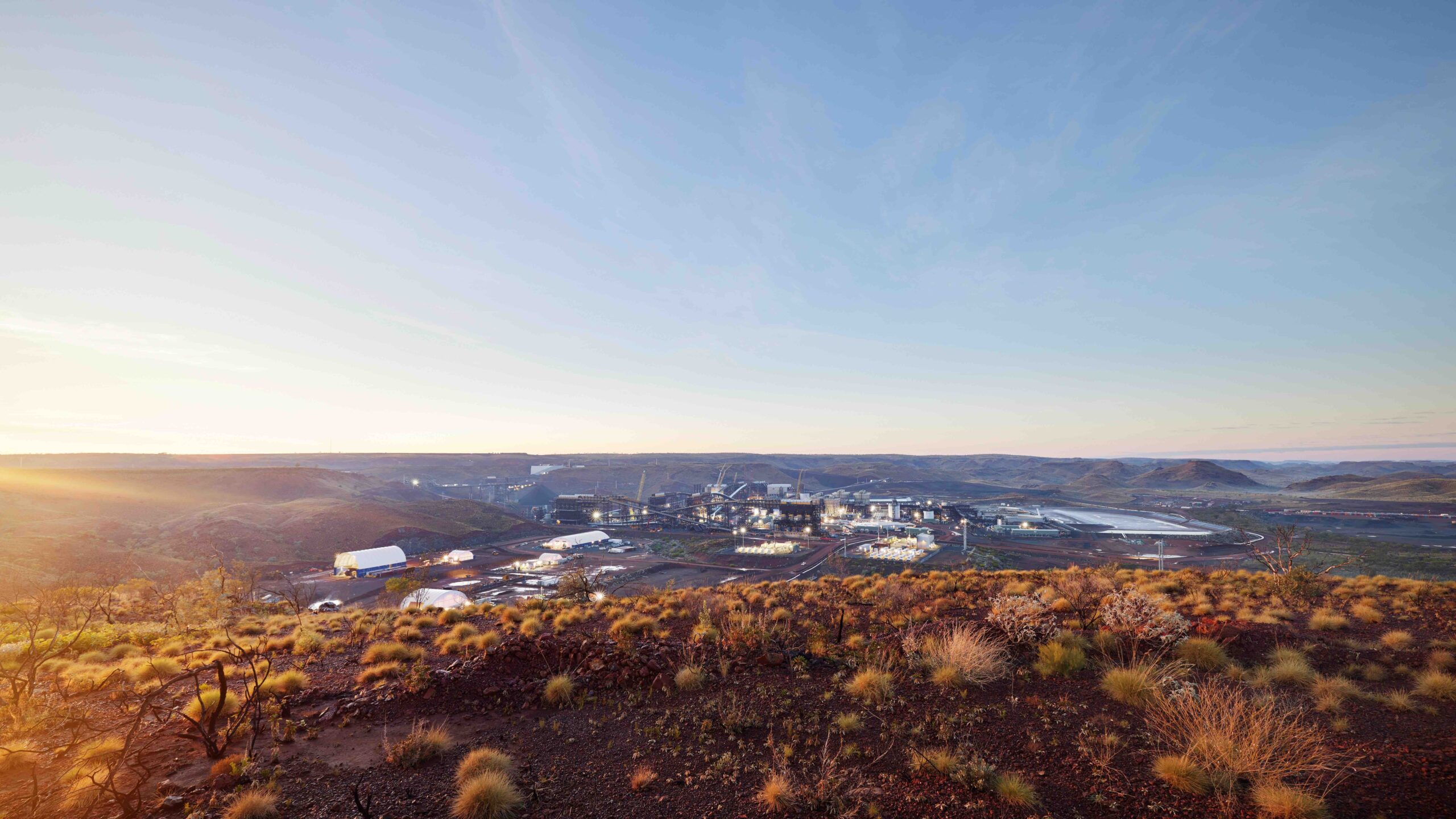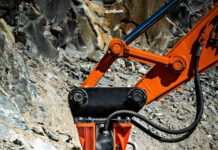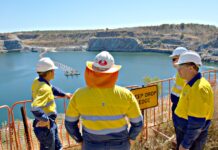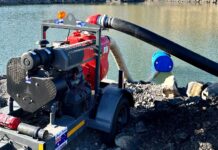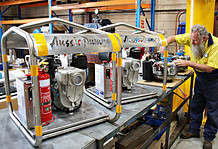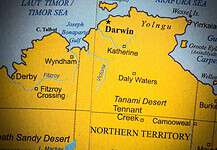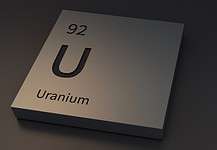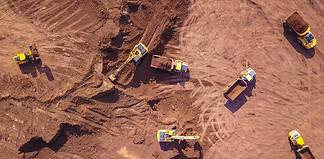Komatsu & Williams Racing reignite historic partnership

Leading heavy equipment manufacturer Komatsu has signed a multi-year deal with Williams Racing to become the Principal Partner of the British team from the start of the 2024 FIA Formula One World Championship (F1) season.
Komatsu was a key partner of Williams Racing in Formula One during the 1980s and 1990s, with most notable achievements in 1996 and 1997, when Komatsu supported Williams Racing to Constructors’ and Drivers’ Championships with Damon Hill and Jacques Villeneuve respectively.
Its logo and branding will feature prominently on the 2024 Williams Racing livery, as well as the team’s overalls and kit, during the upcoming Formula One season.
Komatsu Australia chief executive Sean Taylor says “so many of our customers and team members look forward to the Australian Grand Prix in Melbourne every year, and in 2024 they will be even more excited to see the Williams cars featuring the Komatsu Logo”.
The company introduced the world’s first autonomous dump truck in 2008 and continues to introduce a growing range of electric, hybrid and fuel cell construction and mining equipment.
Komatsu Ltd president and chief executive Hiroyuki Ogawa says Komatsu and Williams Racing have shared values around innovation and the development of its people.
“Through our partnership we look forward to creating value together, both on and off the track,” he said.
“Our partnership with Williams Racing, is aligned with Komatsu’s mission to create value through manufacturing and technology innovations to empower a sustainable future where people, businesses and our planet can thrive together.”
Williams Racing team principal James Vowles says the company is delighted to be rekindling its relationship with Komatsu.
“We have enjoyed huge success together in the past and reuniting is a significant step in Williams Racing’s long-term mission to return to the front of the grid,” he said.
“Both Williams and Komatsu are committed to attracting and developing the best young talent in pursuit of our goals and we look forward to working together again.”
Komatsu’s official designations with Williams Racing reflect the companies’ shared focus on the long-term development of engineering, technology and new generations of talent: Official STEM and Early Careers Partner, Official Esports Partner and Official Construction Machinery Partner.
These areas will overlap and combine within the partnership, as Komatsu endeavours to engage and bring focus to the next generation of innovators through STEM events enriched by the Williams Racing esports platform.




